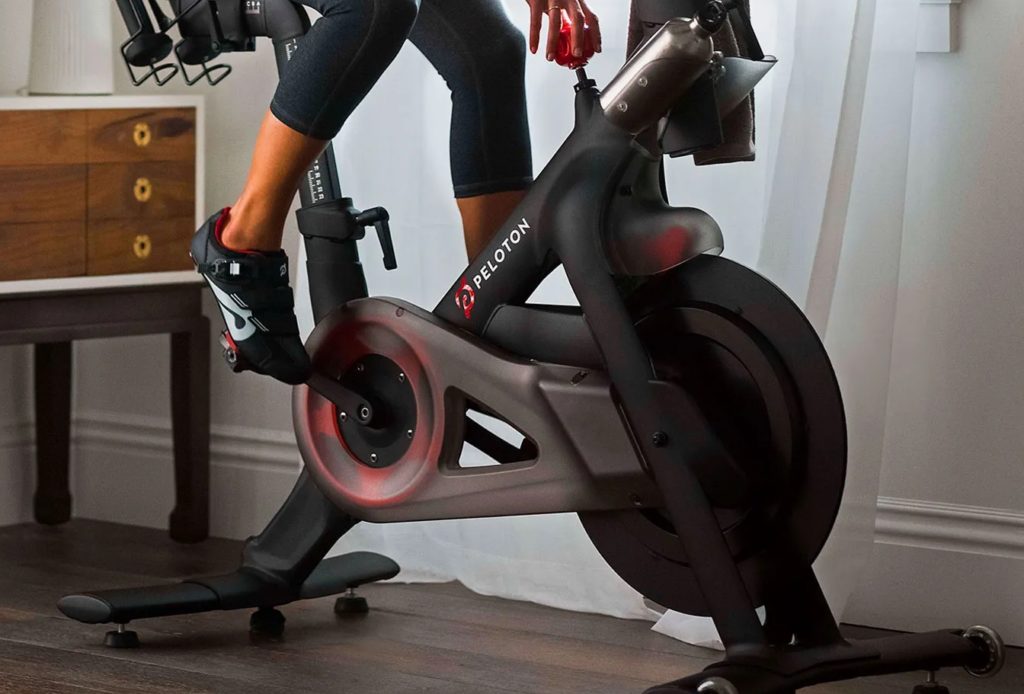Peloton is cutting more jobs amid an ongoing restructuring effort.
The latest: In the fourth round of layoffs this year, the connected fitness brand eliminated another 500 roles, accounting for 12% of the remaining workforce.
Head Count
Stepping into the CEO role this February, Peloton’s new chief executive Barry McCarthy set out to right-size the business.
Betting that pandemic-era demand would outlast lockdowns, Peloton scaled rapidly, going from 3,700 employees pre-COVID to more than 8,600 in 2021.
Following today’s announcement, the company now counts 3,800 workers globally.
On the clock. According to the WSJ, McCarthy has set a deadline for Peloton’s turnaround, writing:
“…he is giving the unprofitable company about another six months to significantly turn itself around and, if that fails, Peloton likely isn’t viable as a stand-alone company.”
Going For Growth
With losses topping $1.2B last quarter, McCarthy is overhauling Peloton’s business model in search of growth.
Forgoing vertical integration and direct-to-consumer sales, the company is prioritizing new partnerships.
- Earlier this week, Peloton announced an agreement with Hilton, adding smart bikes to its portfolio of 5,400 US hotels.
- Last week, the fitness brand said it will begin selling equipment at more than 100 DICK’S Sporting Goods stores starting this holiday season.
- In August, Peloton began selling its original bike, workout camera, apparel, and accessories on Amazon.
Meeting people where they are is part of a more urgent strategy, including renting bikes, abandoning showrooms, outsourcing manufacturing, and potentially unbundling content from its hardware.
For sale. Peloton is also exploring a sale of Precor, a commercial fitness business it acquired for $420M in 2021.
Punchline: According to McCarthy, the goal is simple: “We need to grow to get the business to a sustainable level.” For now, whether or not that’s possible remains unclear.






